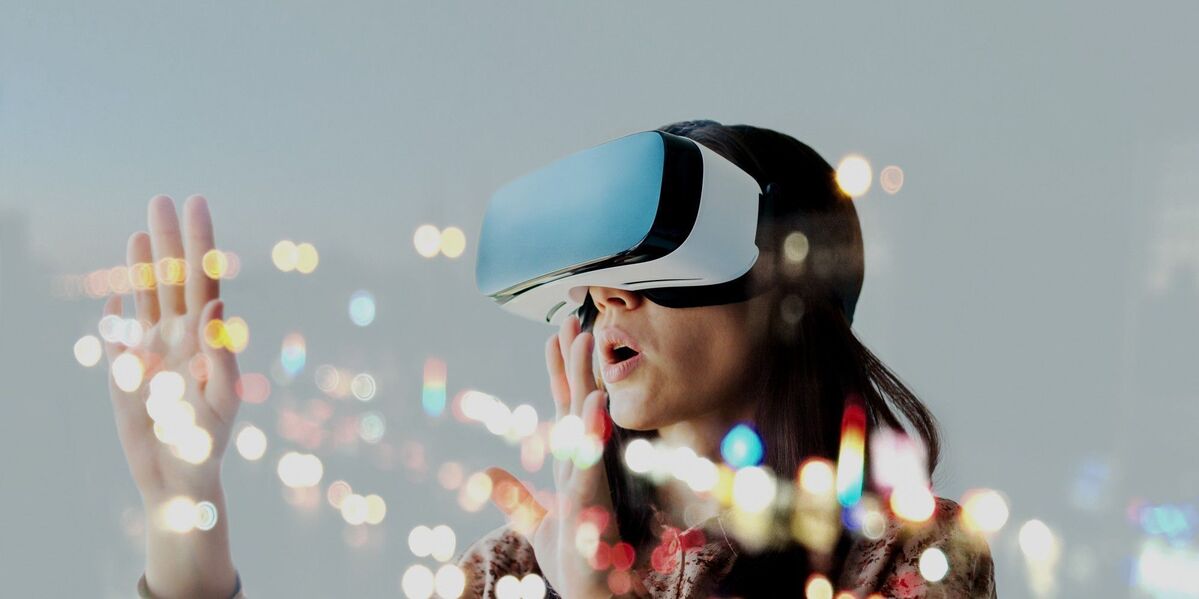Head and hand motion data gathered from virtual reality (VR) headsets could be as effective at identifying individuals as fingerprints or face scans, research studies have shown, potentially compromising user privacy when interacting in immersive virtual environments.
Two recent studies by researchers at the University of California, Berkeley, showed how data gathered by VR headsets could be used to identify individuals with a high level of accuracy, and potentially reveal a host of personal attributes, including height, weight, age, and even marital status, according to a Bloomberg report Thursday.
Demand for VR headsets has grown significantly in recent years, as increasingly powerful devices become available at lower prices. Sales of VR and augmented reality (AR) headsets are forecast to hit 10 million this year, according to IDC analysts, and reach 25 million in 2026.
Despite backlash against the concept of a so-called metaverse, large tech companies such as Meta, Apple, and HTC continue to invest tens of billions of dollars into the development of VR and AR devices annually in a bid to push mainstream adoption.
Devices contain a range of cameras and sensors that can track body, eye, and facial movements. These serve as inputs for VR software applications, enabling users to interact with virtual environments. Data is processed on a device, but may also be shared to external servers, software applications such as games, and virtual meeting platforms — leading to the risk of personal data being leaked.
Data motion and unique identifiers
One study, published by the UC Berkeley authors in February, examined how motion data generated in VR devices can be used to “uniquely identify” an otherwise anonymous user.
The study involved data collated from more than 55,000 user accounts on Beat Saber, a popular rhythm-based VR game that has sold millions of copies since launch. Researchers analyzed public data from 2.5 million game recordings using machine-learning algorithms and were able to identify individuals from a pool of 50,000 with a 94% accuracy rate using just 100 seconds of head and hand motion data.
It’s been known for decades that motion data can be used to identify individuals, but the UC Berkeley researchers claim this is the first study to show the scale of the threat to privacy. The wider adoption of VR headsets and games such as Beat Saber now offer access to a much larger dataset than earlier studies, which relied on much smaller groups of participant — the largest being 511 users, researchers said, referencing a 2020 study.
“This work is the first to truly demonstrate the extent to which biomechanics may serve as a unique identifier in VR, on par with widely used biometrics such as facial or fingerprint recognition,” the research paper states.
The difference is that facial and fingerprint recognition are not required to access existing internet services, the researchers note in a PDF document…
2023-08-14 08:48:02
Source from www.computerworld.com rnrn
